How did you get into making art?
I’ve been drawing and making things for almost as long as I can remember. I remember spending hours as a kid glaring at a piece of paper or sketchbook, concentrating on drawing from magazines and objects, learning to paint with watercolor or acrylics. Though my family has always been supportive, and there is creativity in my family (my mother is inherently creative, my sister is a designer) art isn’t really emphasized where we grew up so it wasn’t until college when I met other art students and had instructors that were serious about art that I realized it was something I could do, and really it’s the only thing I wanted to do. Studying abroad in Rome, Italy was a particular catalyst. My painting instructor while in Rome suggested I look at the New York Academy of Art since it was a good school for figurative work, my main focus at the time. I thought if I could make the leap from living in Iowa to Rome- and I loved being in the city- I could probably survive New York, so I decided to give it a shot. It helped solidify my resolve and focus my energy into my artwork, into getting here and trying to build a life in the arts.
Mary Raap
Raap on a lifetime of making art, travel as an early creative catalyst, the intersection of gender, labor, painting and weaving & working with materials that evoke the body and life processes.
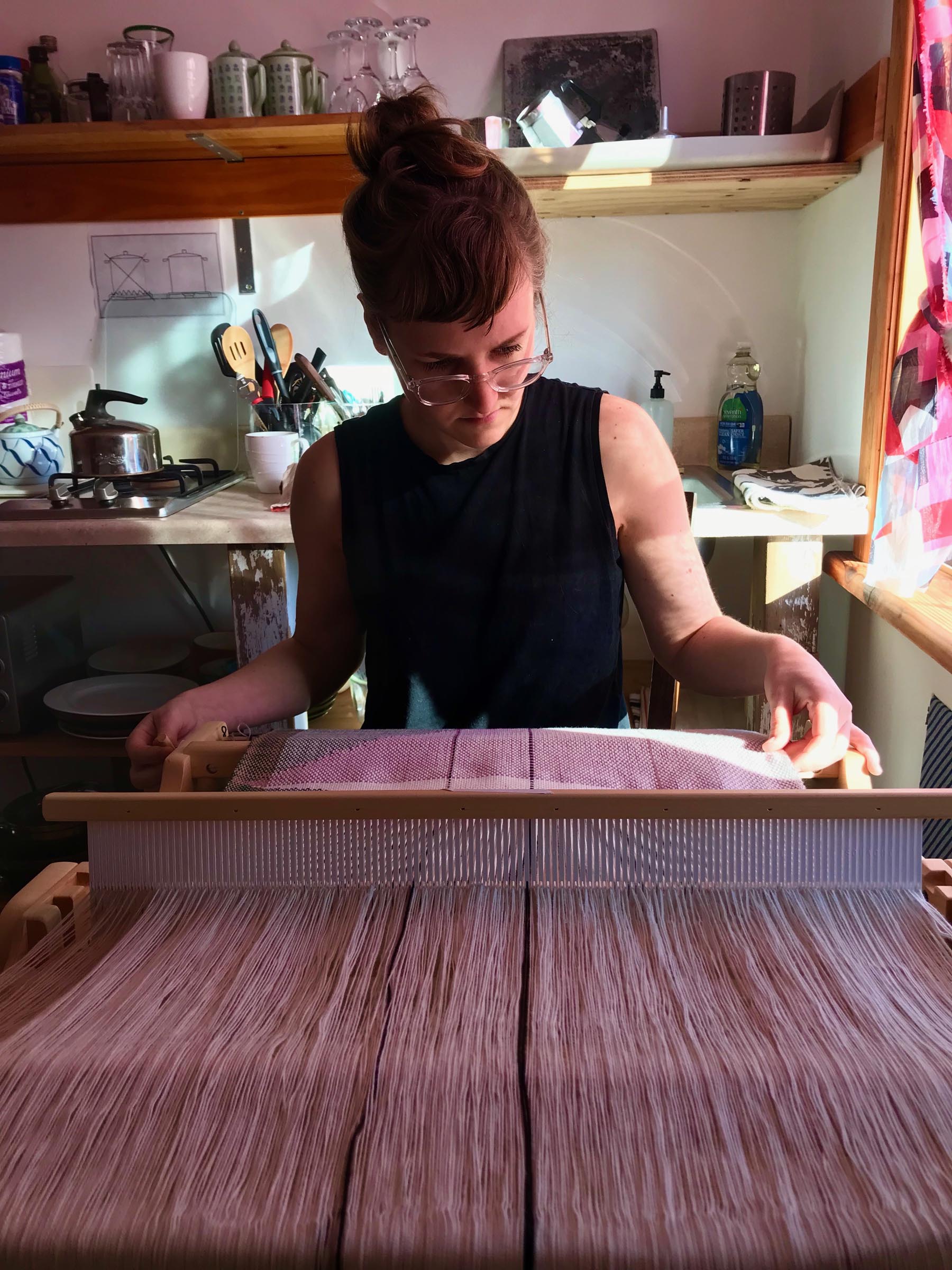
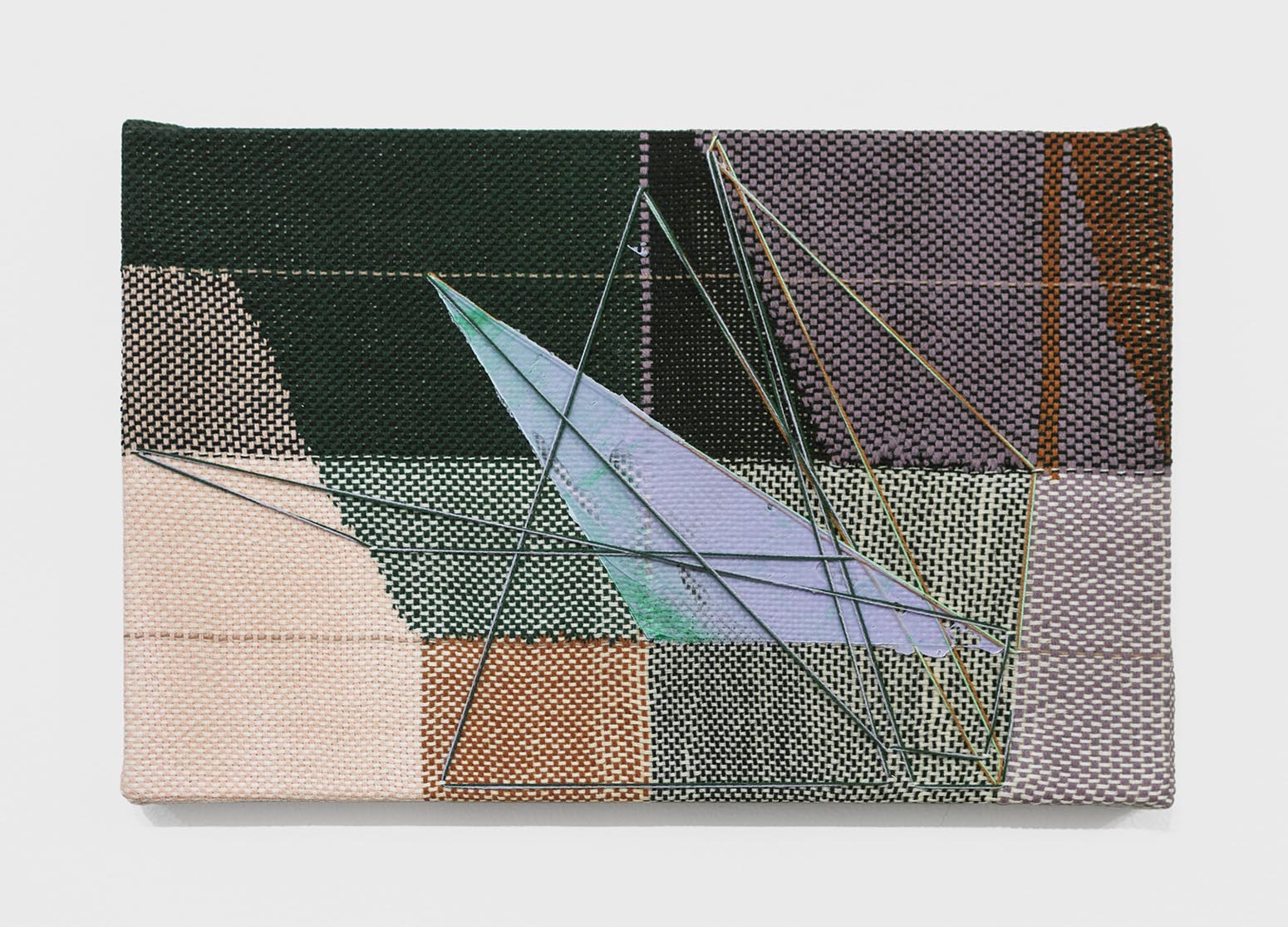
I’ve been drawing and making things for almost as long as I can remember.
Mary Raap
What are you currently working on?
I’m working on a series of weavings that incorporate different materials- like rope, chain, different metals, paint- and varying the tempo of the weaving, stretching the warp over the tension of bulging knots, letting it fall organically. I’m using cottons and linens, and metals that, for me, evoke the body and life processes. I think of these materials as living, organic things- like flesh and bones. They inevitably quietly elude to things I’m thinking about in current events and politics.
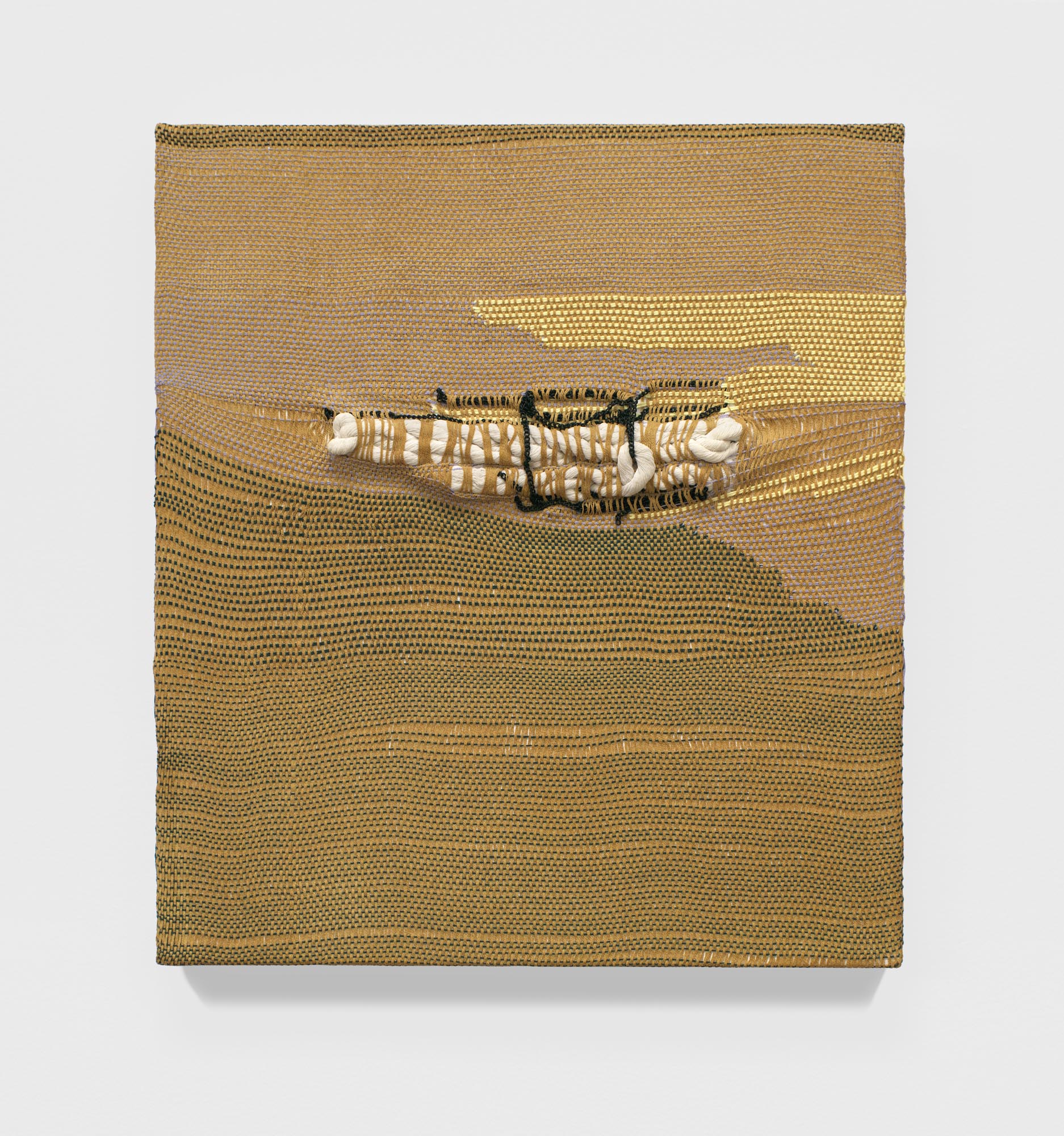
What inspired you to get started on this body of work?
I was sewing into my paintings and using the thread like pooled up paint and line because I wanted something more tactile and dynamic than just the paint on the surface. Using these materials seemed at odds with the history of painting, the idea of the macho abstract expressionist or modernist. There are all of these gendered connotations to different materials and processes. Eventually I was thinking so much about making grids and textile-like forms and the relation to painting, that I realized I wanted to go to the basics and weave my own canvases, weave my own supports by hand. It’s this invisible labor, this meditative process, this practice that has been around for thousands of years across cultures. I was interested in the way ideas about gender and labor intersect in the processes of painting and weaving. So I did some research and bought a tiny backstrap loom and learned to weave. I watched a ton of YouTube videos and searched for answers and advice online, and spied how other artists do this. It was actually exhilarating to learn this way, and totally different than my fairly orthodox education in painting and drawing. Backstrap weaving is incredible because it uses your body as part of the loom, fastening one end to your waist and the other end to a wall or stationary object…leaning back pulls the threads tight, moving forward slackens the threads, so the warp tension is completely tied to your body movement. I now work on a different loom, but I’ve kept with the very human scale so far; experimenting with weaving and painting has continued to be a rewarding and challenging process.
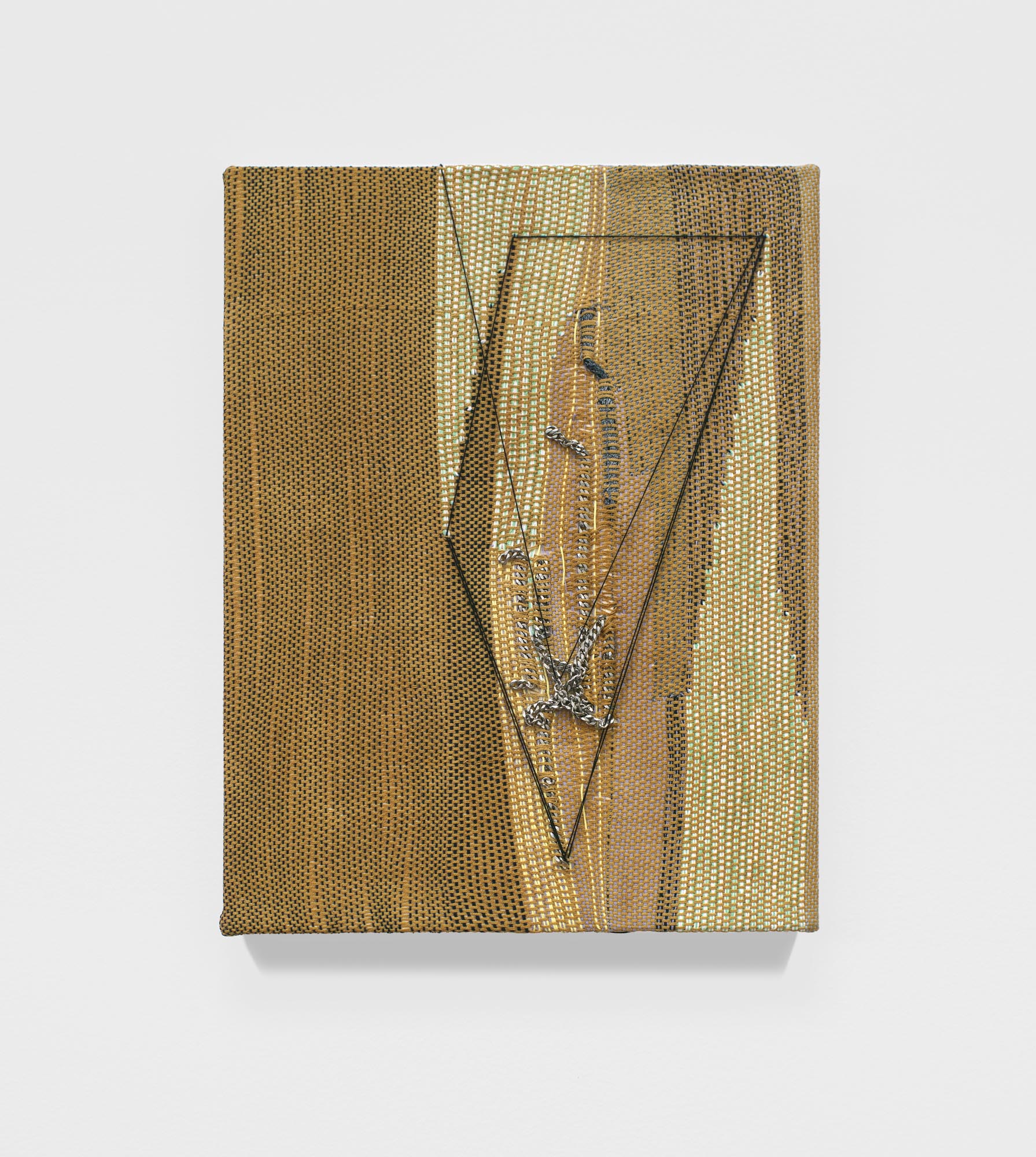
Do you work on distinct projects or do you take a broader approach to your practice?
It depends on the time period. Sometimes I’ll need to rotate between focus on specific projects but usually it’s all with a broader approach in mind. It’s fairly organic, like a call and response, and I think that’s the way I feel most connected to working in this time and place. In a broader sense, I don’t make political work (so to speak) but I feel strongly about making work that responds to the time that you are in, and for me that’s keeping tuned in to what’s going on around you and by following your interests you’ll inherently make work that is about this time. It’s important to me to stay connected like that and to see how other people are creating and getting by.
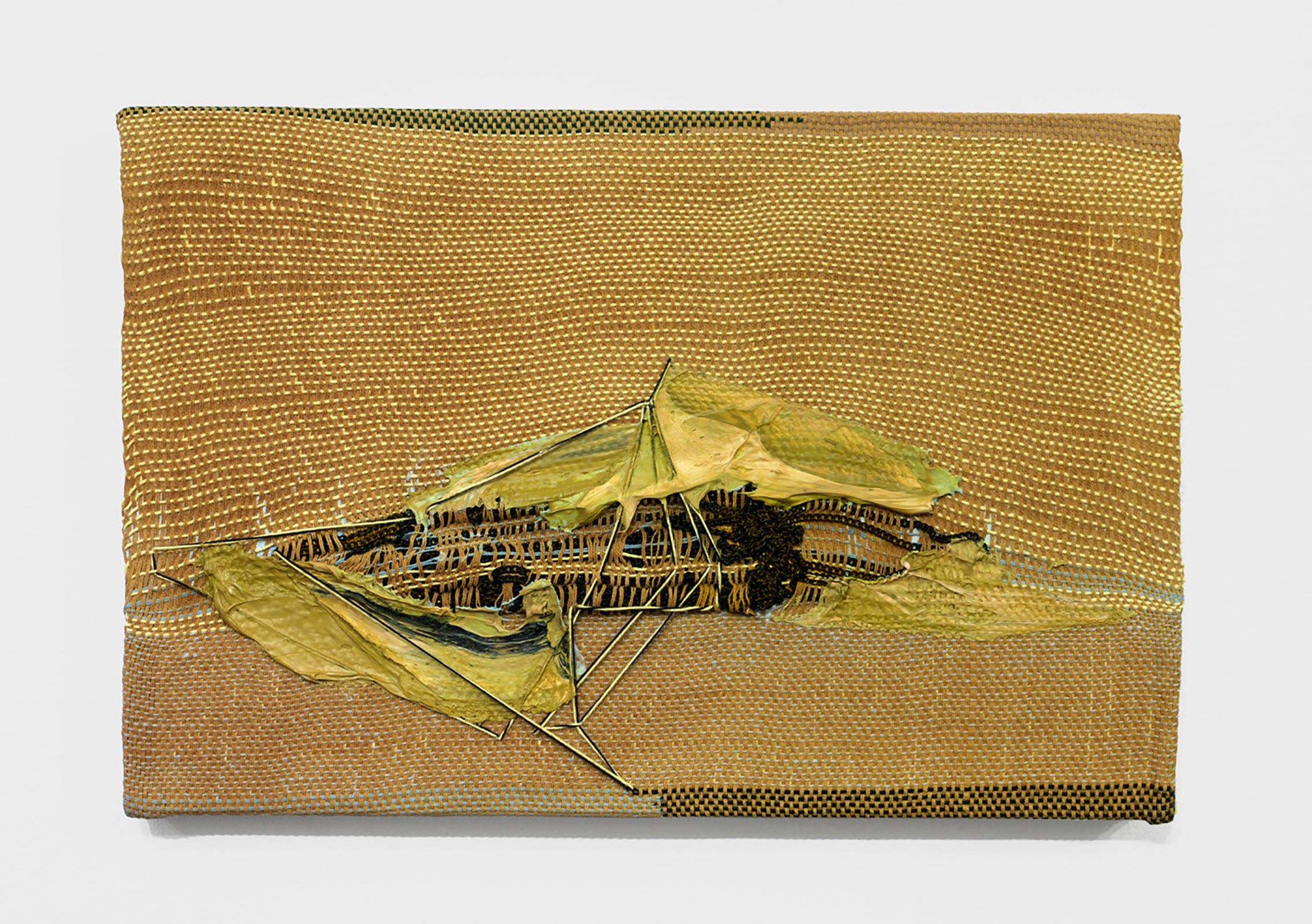
What’s a typical day like in your studio?
A typical studio day inevitably starts with coffee and my computer. I’ll spend some time reading the news, going down the wormhole on articles, looking at artwork, or researching materials or processes. I’ll then get to work on weaving or painting, depending on what I’m working on. I prefer to rotate between pieces or processes, like weaving for a few hours on one piece while the gesso/paint dries on another. I’ll also rotate between doing artwork and doing administrative tasks, like emails, research, applying to things, or photographing work. It helps me to divide my day into parts since making the work can be physically taxing at long stretches, and it keeps my mind from melting. My studio is a live/work space that I share with my partner, who also makes art, so living with our artwork makes it convenient to work and makes the most of our time, but requires discipline and focus to not let all aspects of your life run together. This is especially the case as we’re (at this moment) in Brooklyn in the middle of lockdown/social isolation due to COVID-19, which of course is a challenge on a number of levels.
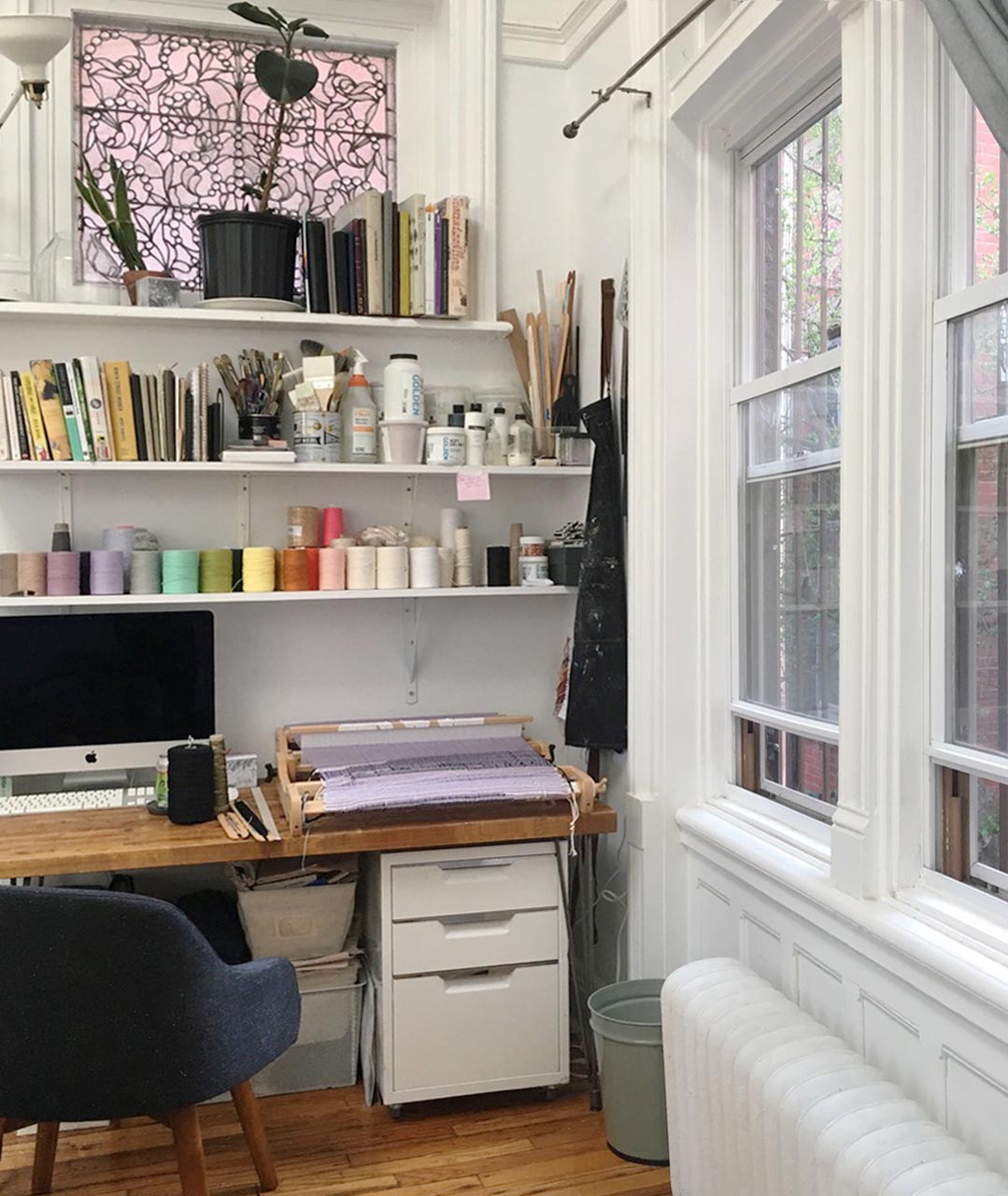

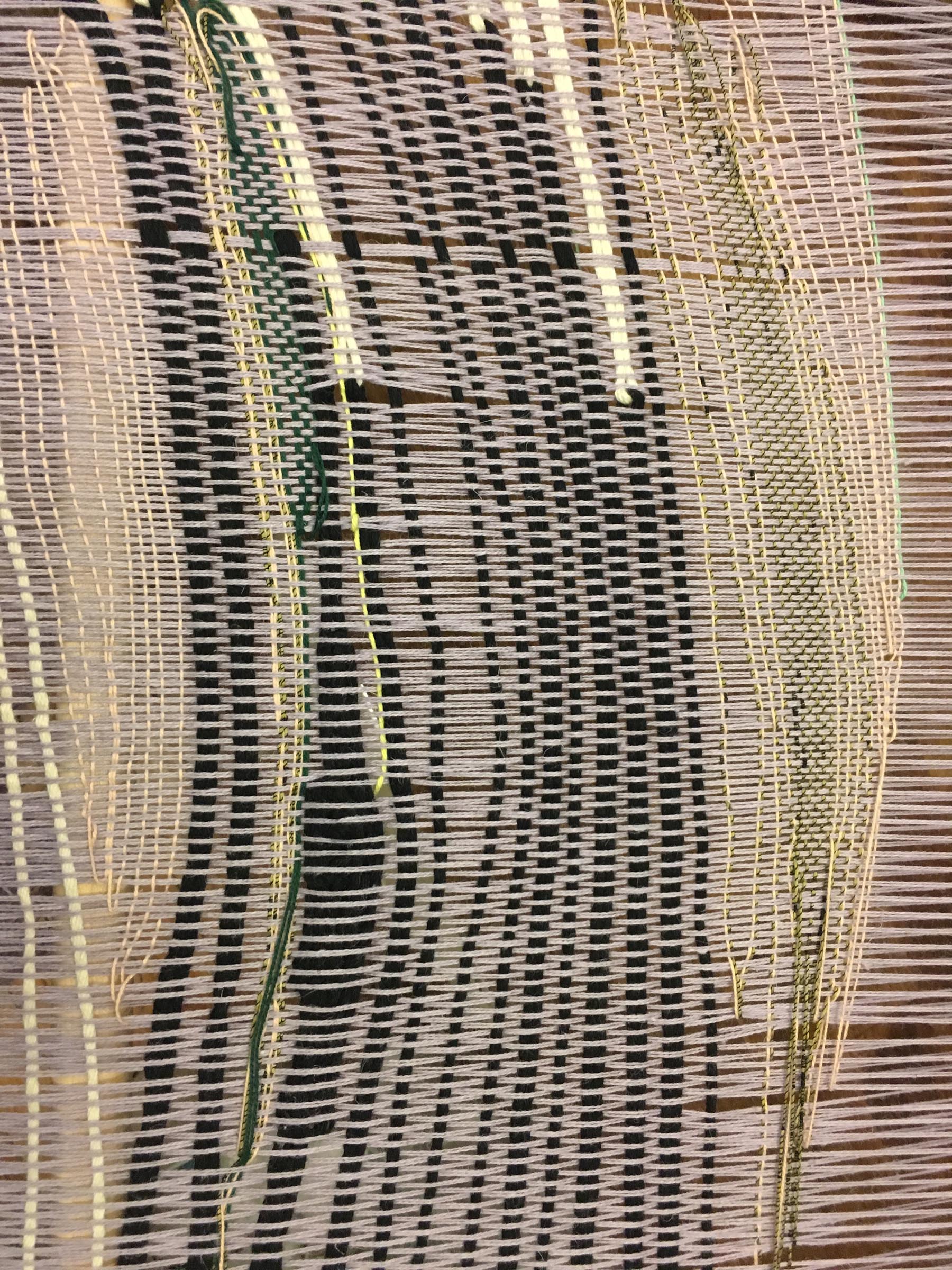
Who are your favorite artists?
Some long-time favorites would be the body art of Ana Mendieta and Carolee Schneeman, I keep going back to Eva Hesse, Joan Mitchell, Willem de Kooning, Agnes Martin, Fred Sandback, and both Josef and Anni Albers. Some contemporary artists I’m looking at these days are Brent Wadden, Genesis Belanger, Diedrick Brackens, and Elaine Cameron Weir.
Where do you go to discover new artists?
By seeing what other artists and friends are posting about on social media, what’s showing at local museums, looking at Artforum (also happily part of my day job), Contemporary Art Daily emails, gallery mailing lists, going to art openings or art fairs

Mary Raap is an artist based in Brooklyn who was recently shortlisted for The Hopper Prize. To learn more about the artist:
- Mary Raap‘s finalist portfolio
- Visit Mary’s website at maryraap.com
- Follow Mary on Instagram @maryraap



























































